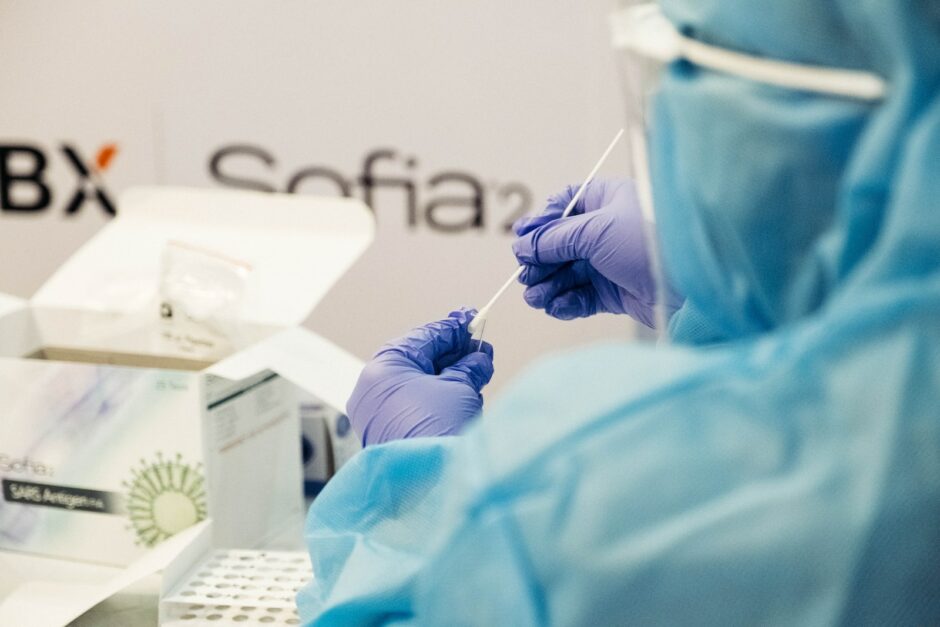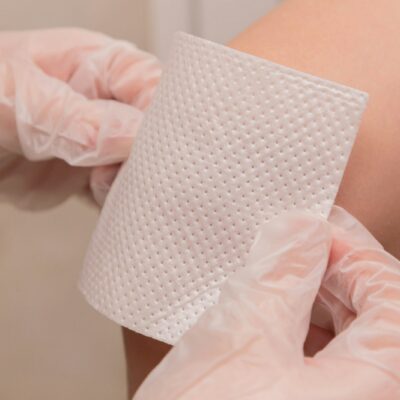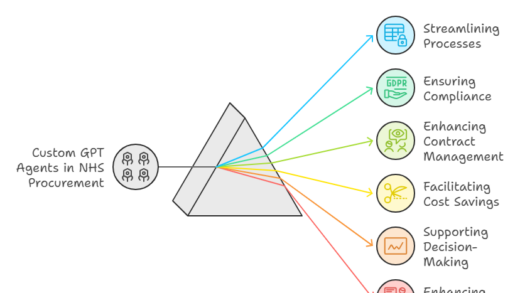The distribution of Personal Protective Equipment (PPE) in the United Kingdom during the COVID-19 pandemic, spanning from 2020 to 2023, marked a critical component in the nation’s public health response to the crisis. This period witnessed unprecedented challenges and adaptive strategies to ensure the safety of healthcare workers and the public.
Initial Challenges and Response (2020-2021)
In the early stages of the pandemic in 2020, the UK, like many other countries, faced significant challenges in sourcing adequate PPE. The surge in global demand led to a strained supply chain, with issues such as delays in delivery, supply shortages, and increased costs. The government’s initial response involved ramping up domestic production and diversifying supply sources. This effort included collaboration with businesses and manufacturers to produce essential items like masks, gowns, and gloves domestically.
Enhanced Distribution Strategies (2021-2022)
By 2021, the UK government had established more robust mechanisms for PPE distribution. Central to this was the creation of a streamlined distribution network that prioritized healthcare settings, such as hospitals and care homes, ensuring frontline workers had access to necessary protective gear. The National Health Service (NHS) played a pivotal role in managing these supplies, leveraging data and logistics expertise to predict demand and allocate resources efficiently.
Public Health Impact and Lessons Learned (2022-2023)
The impact of effective PPE distribution on public health in the UK was significant. It not only provided essential protection for healthcare workers but also helped to curb the spread of the virus within healthcare settings and the wider community. The experience garnered during this period underscored the importance of having a resilient supply chain and the ability to quickly adapt to evolving public health needs.
Looking Forward
As the UK emerges from the acute phase of the pandemic, the lessons learned from the PPE distribution challenges are shaping future public health strategies. These include maintaining a strategic reserve of PPE, continued support for domestic production capabilities, and fostering partnerships between government, industry, and healthcare providers. The experience has highlighted the importance of preparedness and flexibility in public health responses, ensuring that the nation is better equipped to handle similar challenges in the future.
These statistics charts cover PPE distribution in England. Each original publication covers the data from the previous 3 months, as well as data collected since the first publication.
The frequency of the publication changed to quarterly from July 2022 with the last monthly publication out in April 2022. The final quarterly publication was published on 13 April 2023.
Since publication of ‘PPE distribution (England): 1 March to 31 March 2022’, improvements have been made to the methodology used to report on e-Portal orders. The improvements mean that the total PPE distributed each month and since the start of the data collection has changed.
Apron PPE Distribution 2020 to 2023.
An apron used as Personal Protective Equipment (PPE) is a protective garment designed to safeguard the wearer’s body from exposure to hazards such as infectious materials, chemicals, or harmful substances. Typically used in healthcare settings, laboratory environments, and certain industrial applications, these aprons are made from various materials like plastic, rubber, or other impervious fabrics, depending on the type of protection required. They are particularly vital in preventing the contamination of clothing and skin from splashes, spills, or other contact with potentially infectious agents or hazardous materials. In the context of healthcare, especially during the COVID-19 pandemic, apron PPE has been essential in providing frontline workers with an additional layer of protection, thereby reducing the risk of transmission and enhancing safety in clinical and care environments.
Face Mask Distributions FFP3 2020 to 2023.
FFP3 face masks represent the highest level of protection among the filtering facepiece respirators. Standing for “Filtering Face Piece” with a 3 rating, they are designed to protect the wearer from fine particles, including viruses, bacteria, and aerosols. These masks are capable of filtering out at least 99% of airborne particles, making them particularly effective in environments with high levels of contamination. FFP3 masks typically feature a thicker, multi-layered construction, a robust seal around the face, and often have a valve to ease breathing and reduce heat buildup. Their high filtration efficiency makes them a standard choice in healthcare settings, especially during procedures that generate aerosols, and they were extensively used during the COVID-19 pandemic to provide healthcare workers with maximum protection against the virus. Their rigorous standards ensure they offer more protection than standard surgical masks or lower-grade respirators, making them crucial in environments where exposure to airborne hazards is significant.
Glove Distributions 2020 to 2023.
These gloves are designed to prevent the direct contact of the wearer’s hands with potentially infectious materials, hazardous chemicals, or other harmful agents. Made from different materials such as latex, nitrile, vinyl, or neoprene, PPE gloves cater to various needs, including sensitivity, allergy considerations, and durability. They are disposable and intended for single use to avoid cross-contamination. In the context of healthcare, especially during infectious outbreaks like the COVID-19 pandemic, PPE gloves are critical for safeguarding healthcare workers and patients by minimizing the risk of transmission through touch and handling of medical equipment. Their widespread use underlines the importance of hand hygiene and barrier protection as fundamental aspects of infection control practices.
Further reading https://www.england.nhs.uk/statistics/statistical-work-areas/covid-19-hospital-activity/








